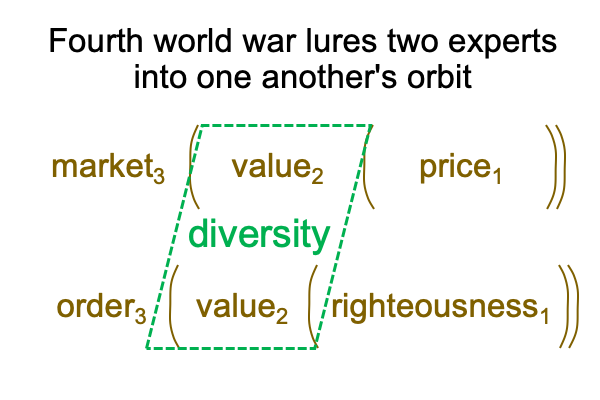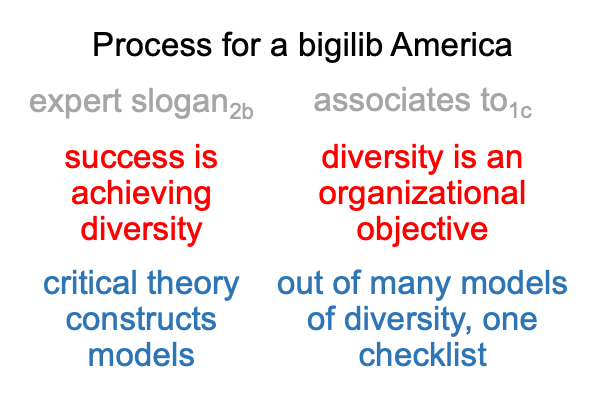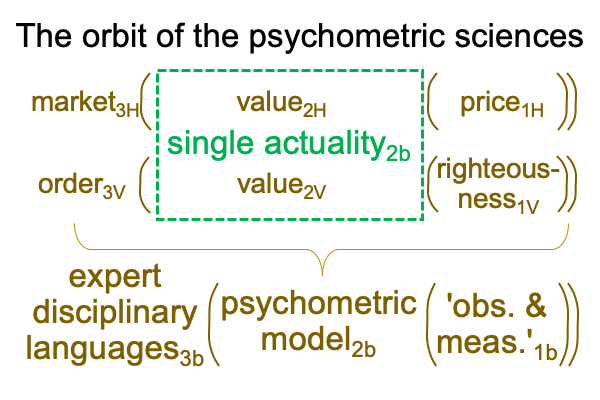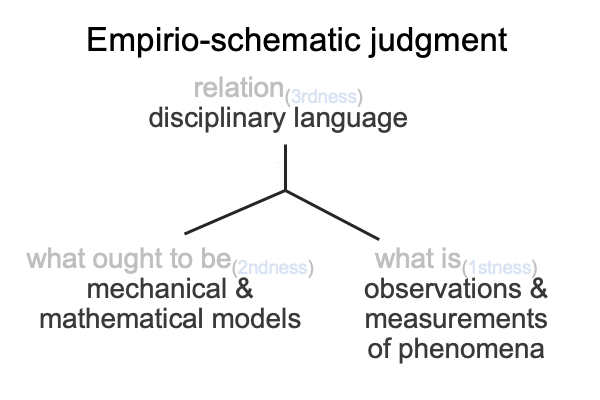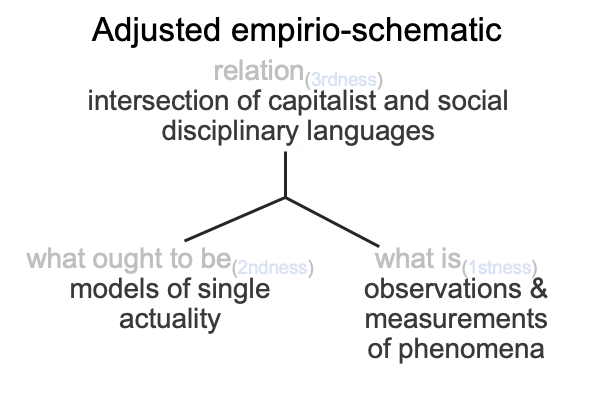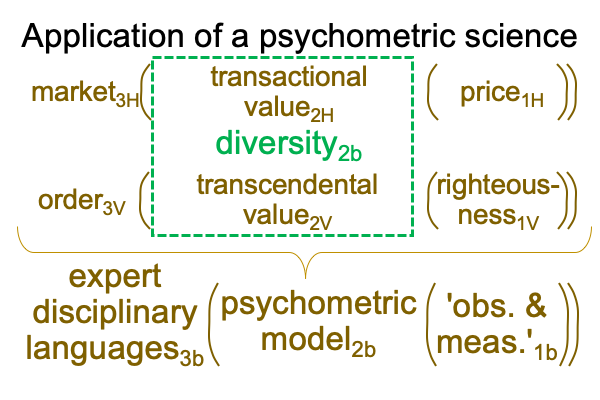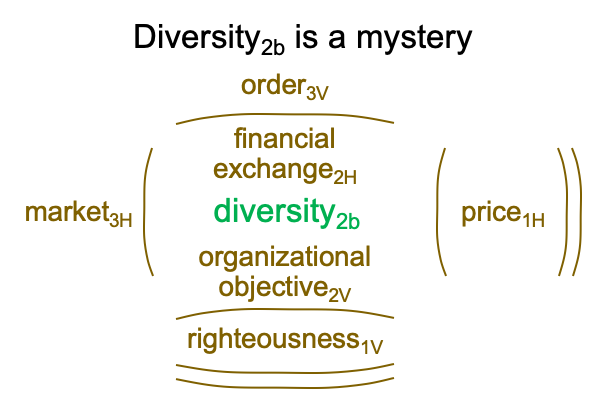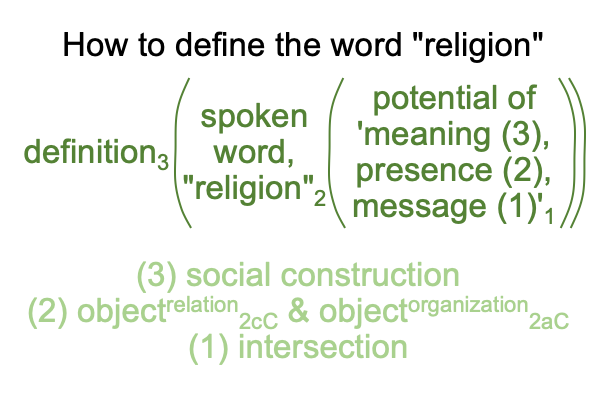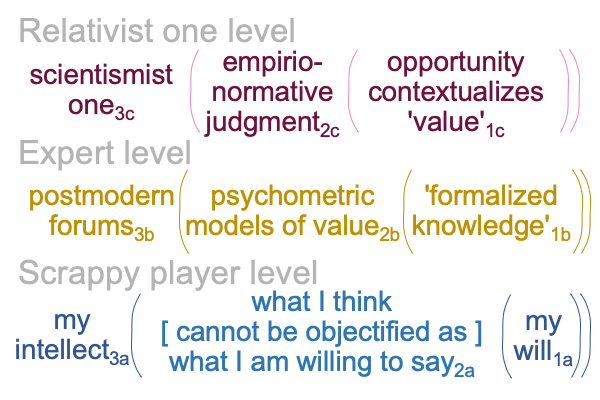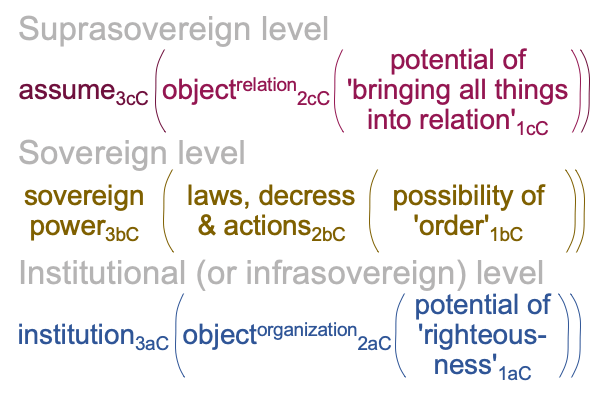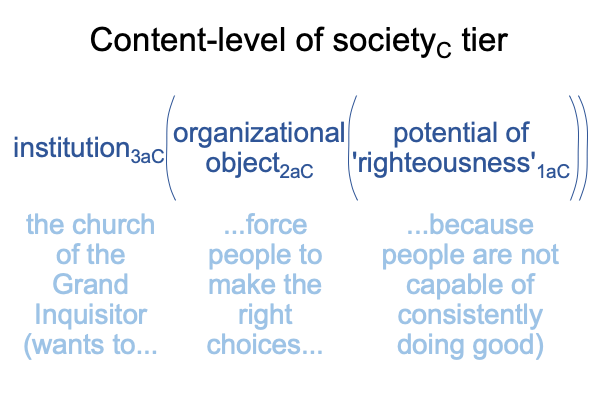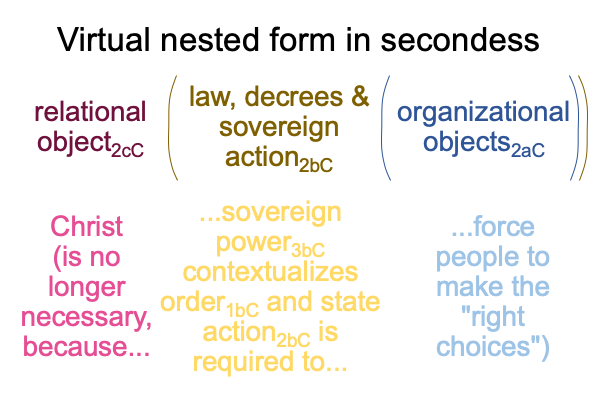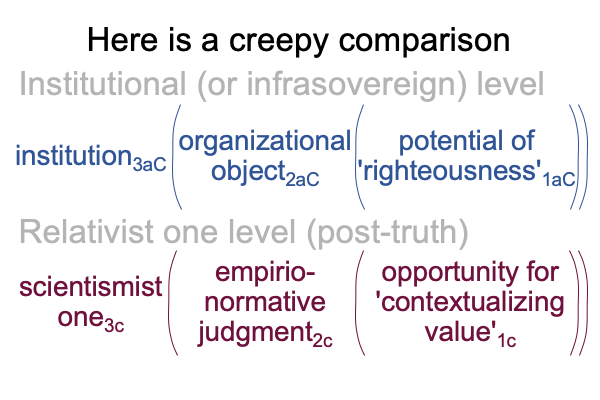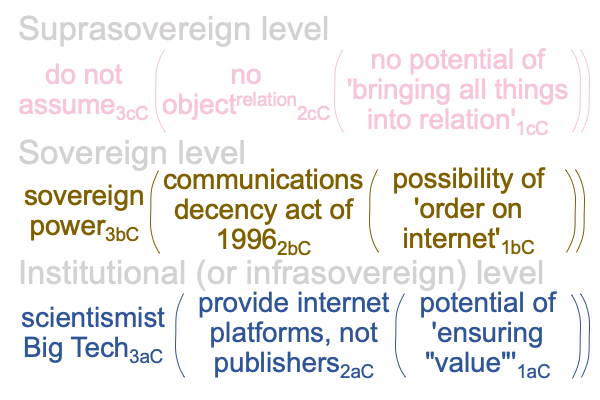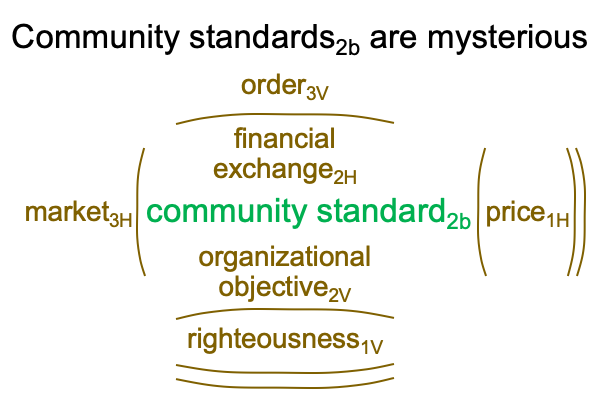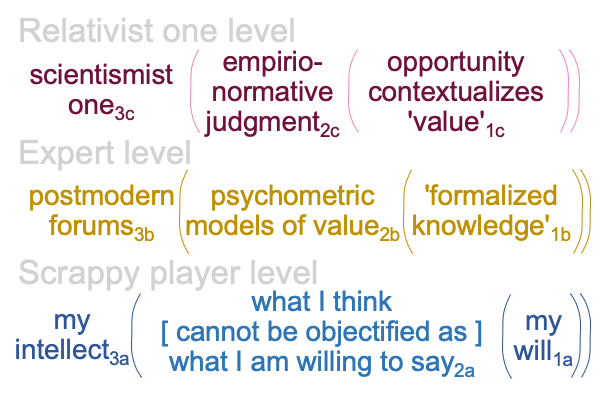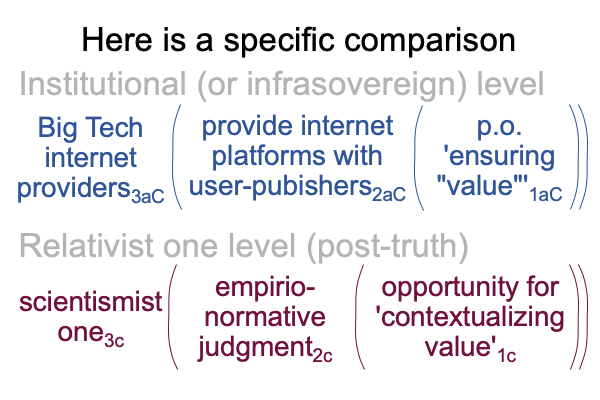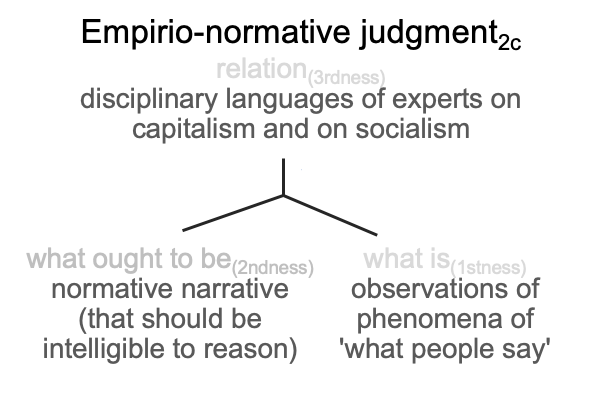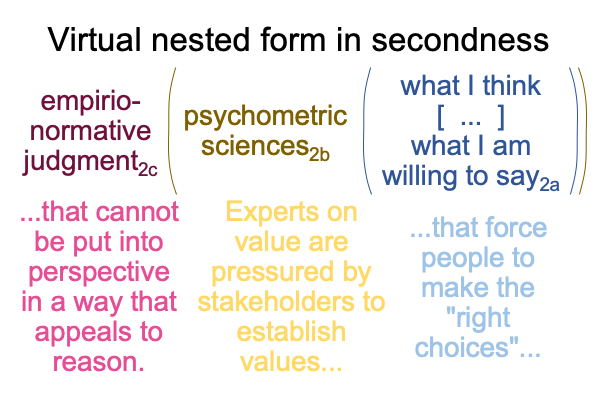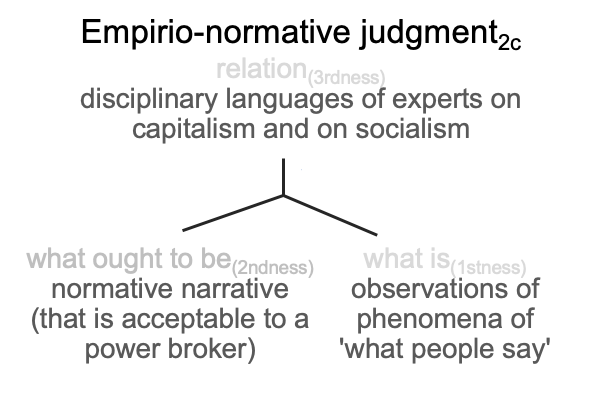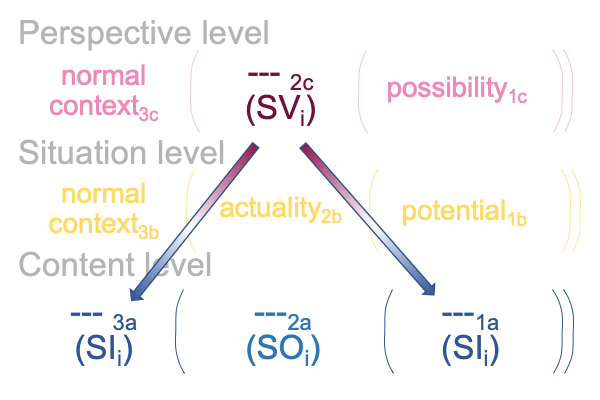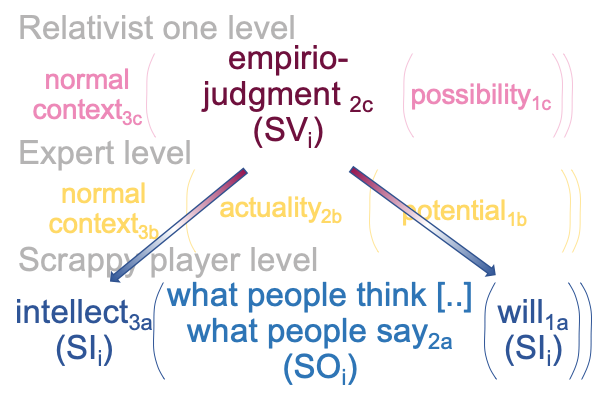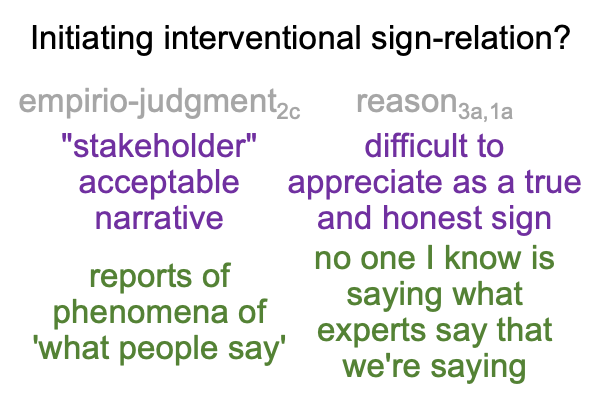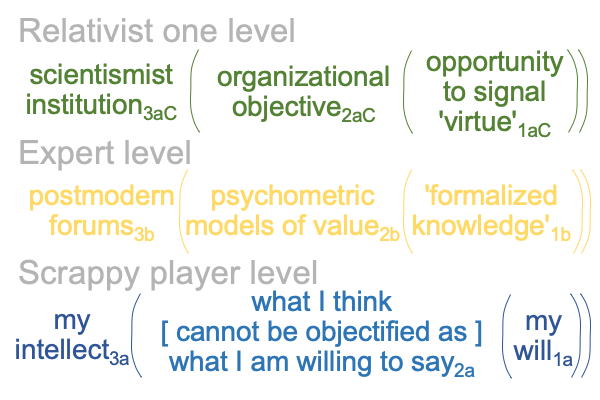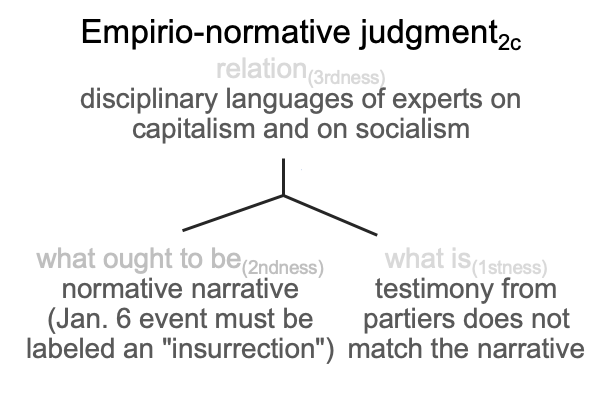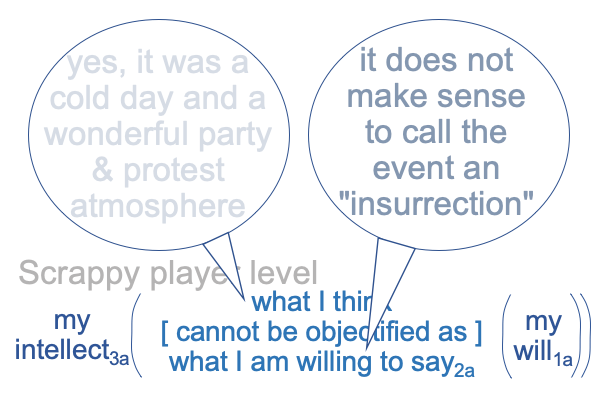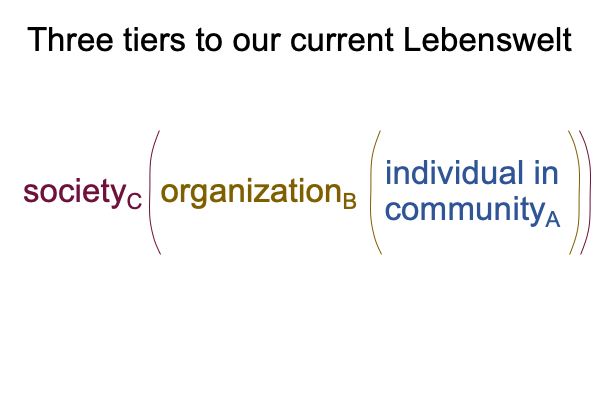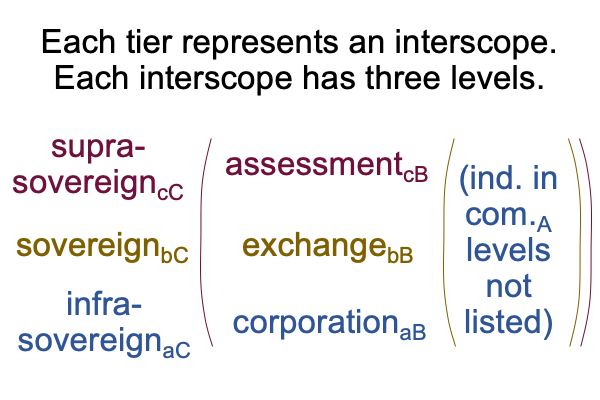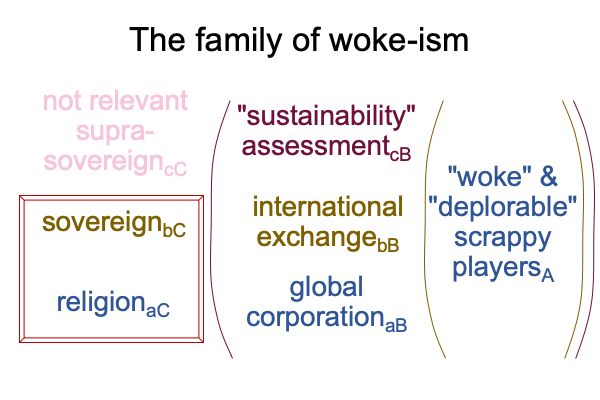Looking at Vivek Ramaswamy’s Book (2021) “Woke, Inc.” (Part 4 of 20)
0289 Chapter thirteen explores woke consumerism and the way that people will sort themselves into like-minded groups.
Ramaswamy frames the sorting as “woke” versus “commonsense” people.
He could have used the terms, “bigilib” and “pluralist”, respectively.
Woke people say that “service” is what an expert says it is.
Commonsense people say that “service” is an act of individual responsibility.
0290 It makes me wonder.
Are woke people scientific-minded?
Do commonsense people ignore science?
0291 Or, maybe I can clarify the distinction with the following questions.
Are woke people socialist?
Are commonsense people capitalist?
0292 Here, the framework starts to muddle.
“Socialist” and “capitalist” label opposing denkstyles in the previous Battle of the Enlightenment Gods: The Cold War Among Materialist Ideologies (1945-1989).
Each contending worldview is materialist in its own way. The war is “cold” because no one wants to use nuclear weapons in a military conflict. So, the so-called “Cold War” is conducted as proxy warfare, where “small” countries become proxies in contests between the capitalist USA and the communist USSR.
0293 Each contending view is relativist in its own way.
What does “relativism” imply?
Relativism is like a language. A language consists of two related systems of differences, parole (talk) and langue (mental processing of talk).
I already wrestle with a distinction similar to langue and parole. The distinction is between what I think and what I am willing to say to an interlocutor. In this example, contiguity between langue (what I think) and parole (what I am willing to say) is bimodal. The contiguity may be [cannot be objectified as], when I have commonsense (and the observing scientist does not). The contiguity may be [can be objectified as], when I conform my cogitation to what the empirio-normative judgment wants me to think (and the scientist observes what theory predicts).
0294 Of course, I now must refute what I just claimed.
Relativism is not like a language. It is like two languages, the language of experts on capitalism and the language of experts on socialism. Each one of these specialized languages consists of a system of differences. But, only one of these can occupy the perspective-level normal context3c, for the interscope that characterizes the so-called Cold War.
0295 What do I mean?
Here is the post-truth interscope for when capitalism is in the seat of the relativist one3c.
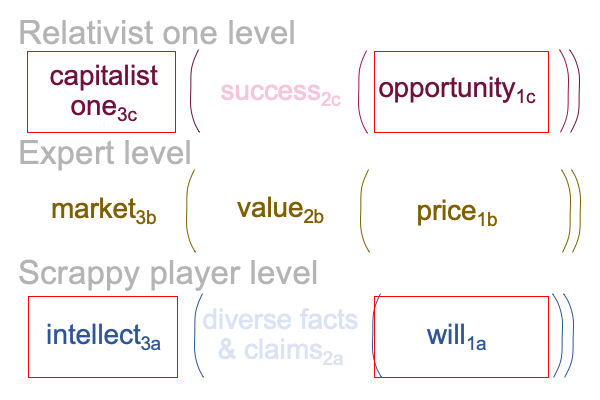
Note the situation-level nested form.
0296 Here is the post-truth interscope for when socialism is in the seat of the relativist one3c.
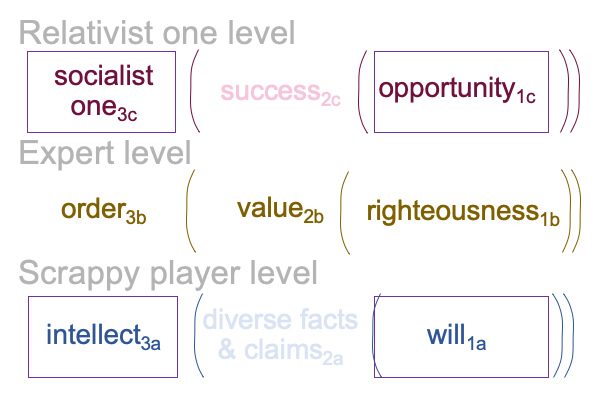
Again, note the situation-level nested form.
0297 What is the business with the red and blue squares?
They denote the corners of a questionable box.
The questionable box of capitalism has four corners: the capitalist one3c, opportunity1c, intellect3a and will1a.
The questionable box of socialism has four corners: the socialist one3c, opportunity1c, intellect3a and will1a.
0298 Why use the adjective, “questionable”?
How many corners does a box really have?
0299 Note how the insides of the two boxes differ.
Each box contains a different situation-level nested form.
0300 For capitalism, the normal context of the market3b brings the actuality of transactional (or maybe, “financial”) value2b into relation with the potential of price1b.
0301 For socialism, the normal context of order3b brings the actuality of transcendental (or maybe, “social”) value2b into relation with the potential of righteousness1b.
Now, do not fixate on the adjective, “transcendental”, as if it is a metaphysical term. It is only a label that qualifies a value2b that may serve as an institutional organizational objective, rather than a value2b, that is realized in a financial transaction.
0302 I suppose that the word, “value2b“, may be a point of contention.
In fact, these two “values2b” play central roles in the Third Battle of the Enlightenment Gods (1945-1989).
Lots of ink has been spilled within each questionable box over these two expressions of expertise.
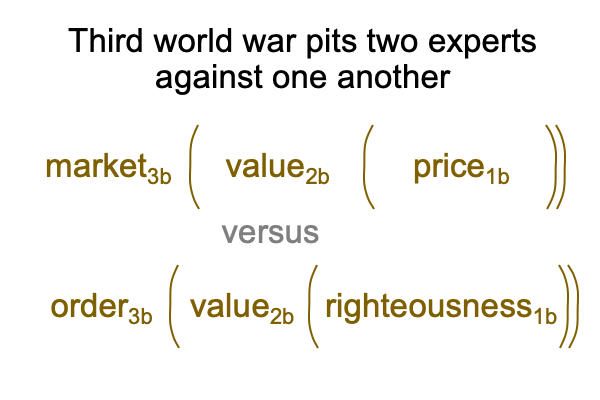
0304 Indeed, I can see why people who adhere to the socialist one1c and people who adhere to the capitalist one1c would want to segregate into two different jurisdictions.
0305 But, Ramaswamy’s book makes makes me wonder.
If the so-called Cold War is all about capitalism versus socialism, then why does the USA have so many socialists?
This is a good question, since it seems that today, corporate capitalists have embraced social justice. Indeed, the subtitle of Ramaswamy’s book makes the accusation.
0306 Corporate capitalists3b embrace socialist values2b in order to make money.
Is it a scam?
Or, is it a tactic in the Fourth Battle of the Enlightenment Gods?

